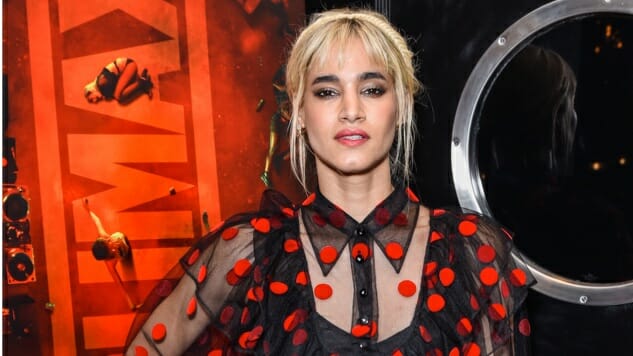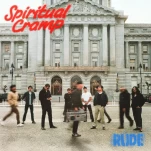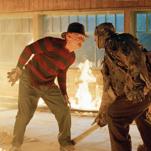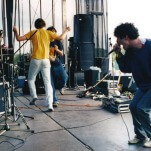Sofia Boutella Discusses Climax, Gaspar Noé and the Power of Non-Reckless Abandon
Photo Courtesy of Presley Ann/Getty Images
When Sofia Boutella walks into a room, there’s kinetic energy that follows her. Graceful but powerful, I imagine it’s similar to meeting Audrey Hepburn in her prime. Fitting, perhaps, because Boutella loves the old black-and-white pictures. In the time we spend together, we speak about the power of dance, what drives Gaspar Noé, and whether or not Boutella could take on all the Chrises in an action movie of her own.
Famous for her roles in Kingsman: The Secret Service, Star Trek Beyond, and Atomic Blonde, Boutella has begun to take her career in a new direction by starring in Noé’s latest thriller, Climax. In the film, Boutella plays Selva, a choreographer getting a new troupe ready for a performance. At the after party of a rehearsal, someone spikes the punch bowl with LSD, and the celebratory energy quickly transforms into the twisted darkness of fifteen performers’ unearthed subconscious battling for supremacy and understanding.
Having spent most of her life dancing and performing—Boutella was a backup dancer for Madonna’s 2006 Confessions tour—her life on tour found its way into her portrayal of Selva. Noé invited Boutella to meet him in Paris through Instagram’s instant messenger service. When they met, Noé only knew that he wanted to make a movie about dancers on LSD. Hoping for a bit more, Boutella asked, “‘Okay. What else?’ He said, ‘I don’t know.’”
-

-

-

-

-

-

-

-

-

-

-

-

-

-

-

-

-

-

-

-

-

-

-

-

-

-

-

-

-

-

-

-

-

-

-

-

-

-

-

-








































